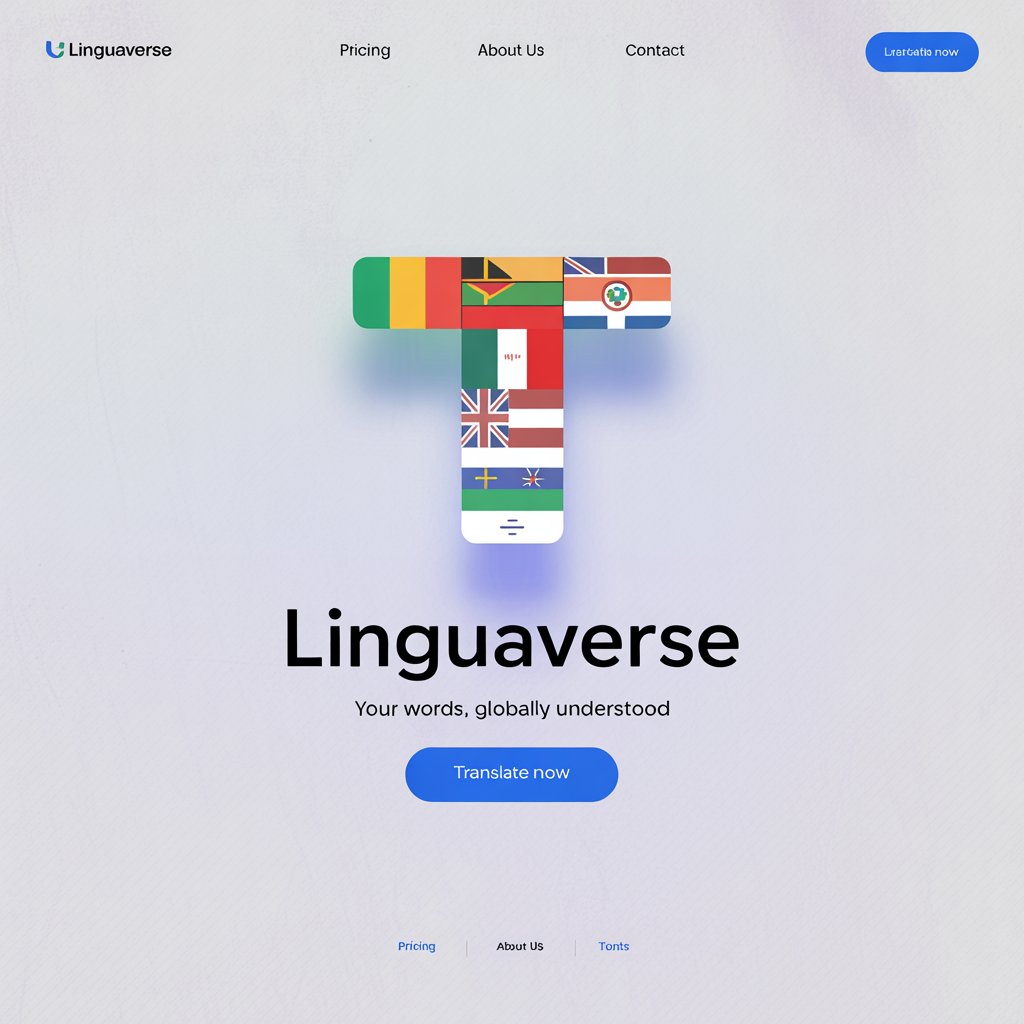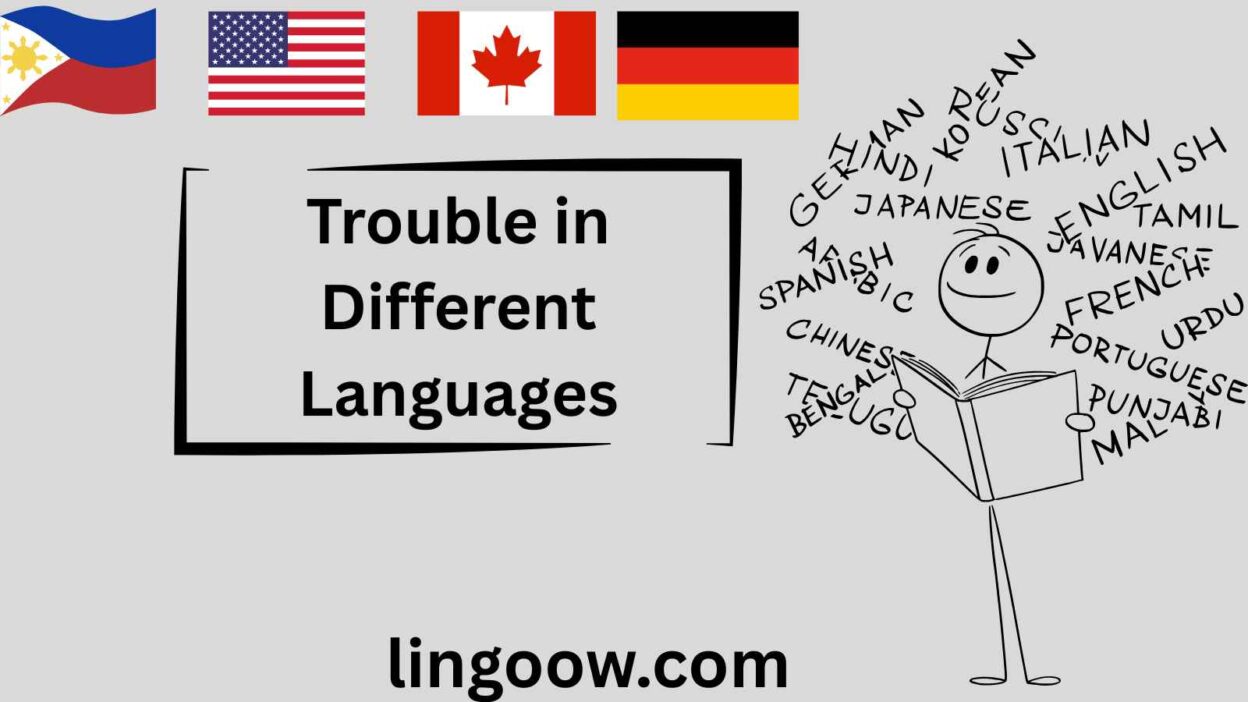Introduction
The word “trouble” carries a weight that transcends borders, a universal thread woven into the fabric of human experience. I remember a late-night conversation with my grandmother, her hands trembling as she recounted the “troubles” of her youth—stories of war, loss, and resilience. Her words, spoken in our native tongue, held a rawness that made me wonder: how do others, in distant corners of the world, name this shared sense of struggle? Trouble, as a concept, is more than just a word; it’s a feeling, a moment, a story. It’s the knot in your stomach, the storm on the horizon, the quiet fear that lingers. Across cultures, “trouble” takes on different sounds, shapes, and stories, yet it binds us in its universal truth: to live is to face challenges, and to name them is to begin overcoming them.
In this exploration, we’ll travel through languages and cultures to uncover how “trouble” is expressed, revealing the unique ways societies articulate this universal experience. From the rolling hills of Europe to the vibrant markets of Africa, the serene islands of the Pacific to the ancient traditions of Asia, we’ll see how this word reflects both our differences and our shared humanity.
Reference Table: “Trouble” Across Languages
| Language | Word/Phrase for “Trouble” | Cultural/Linguistic Insight |
|---|---|---|
| French | Problème, Ennui | “Ennui” can imply both trouble and boredom, reflecting the French nuanced view of emotional distress. |
| Spanish | Problema, Dificultad | “Problema” is widely used, but “dificultad” emphasizes struggle, often tied to resilience in Hispanic cultures. |
| Italian | Problema, Guai | “Guai” carries a sense of woe or mischief, often used colloquially to warn of impending trouble. |
| German | Ärger, Problem | “Ärger” conveys irritation or trouble, reflecting Germany’s pragmatic approach to challenges. |
| Mandarin | Máfan (麻烦) | Literally “bothersome,” it reflects a cultural emphasis on avoiding inconvenience to others. |
| Hindi | Pareshani (परेशानी) | Implies worry or distress, often tied to familial or societal obligations in Indian culture. |
| Japanese | Mondai (問題), Komaru (困る) | “Komaru” suggests being troubled or perplexed, reflecting Japan’s focus on harmony and resolution. |
| Korean | Munje (문제), Gonlan (곤란) | “Gonlan” implies distress or difficulty, often used in formal or serious contexts. |
| Arabic | Mushkila (مشكلة) | Common across the Arab world, it denotes a problem or obstacle, often tied to communal solutions. |
| Swahili | Shida | A versatile term used across East Africa, often linked to practical or social challenges. |
| Zulu | Inkathazo | Suggests worry or trouble, deeply tied to community and ancestral values in Zulu culture. |
| Yoruba | Wahala | A vibrant term used in Nigeria, often carrying emotional or dramatic connotations. |
| Maori | Raruraru | Reflects trouble or conflict, often tied to spiritual or communal harmony in Maori culture. |
| Hawaiian | Pilikia | Denotes trouble or distress, often used in the context of maintaining aloha (love, peace). |
| Cherokee | Utsati | Implies difficulty or burden, rooted in Cherokee values of balance and endurance. |
This table offers a glimpse into the linguistic diversity of “trouble,” but let’s dive deeper into how these words live and breathe in their cultural contexts.
European Languages
In Europe, the concept of trouble is as varied as the continent’s history. In French, “problème” is the go-to term for a problem, but “ennui” adds a layer of emotional or existential weight, hinting at the French philosophical bent toward grappling with life’s deeper struggles. A Parisian might say, “J’ai des ennuis,” to express personal troubles, evoking a sense of melancholy.
In Spanish, “problema” is universal, but “dificultad” often appears in contexts of overcoming obstacles, reflecting the resilience celebrated in Hispanic cultures. In Spain or Latin America, you might hear, “No hay problema,” a phrase that brushes off trouble with optimism.
Italian speakers use “problema” for formal issues, but “guai” carries a playful or ominous tone, as in “Guai a te!” (Woe to you!). This reflects Italy’s expressive culture, where trouble can be both a warning and a dramatic flourish.
In German, “Ärger” conveys irritation or trouble, often tied to order and discipline, while “Problem” is more neutral. Germans might say, “Das macht Ärger,” to express frustration, revealing a cultural preference for addressing issues head-on.
These European languages show how trouble is both a practical and emotional concept, shaped by each culture’s approach to life’s challenges.
Asian Languages
Asia’s linguistic diversity offers a rich tapestry of words for trouble. In Mandarin Chinese, “máfan” (麻烦) is a versatile term meaning trouble or inconvenience. It’s often used to avoid burdening others, reflecting China’s collectivist values. For example, “Bù yào máfan” (Don’t trouble yourself) is a polite way to decline help.
In Hindi, “pareshani” (परेशानी) captures worry or trouble, often tied to familial or social duties. In India, saying “Mujhe pareshani hai” might refer to personal struggles, but it’s often framed within the context of community support.
Japanese uses “mondai” (問題) for problems or issues, but “komaru” (困る) implies being troubled or stuck, reflecting a cultural emphasis on maintaining harmony. A Japanese speaker might say, “Komatta na,” to express being in a bind, with a tone of restraint.
In Korean, “munje” (문제) is a formal term for problem, while “gonlan” (곤란) suggests distress. Koreans might use “gonlanhada” in serious situations, reflecting a cultural tendency toward understated expressions of difficulty.
Arabic’s “mushkila” (مشكلة) is used across over 20 countries, from Morocco to Iraq. It denotes a problem or obstacle, often approached with communal problem-solving. In Egypt, you might hear, “Mafish mushkila” (No problem), reflecting a laid-back attitude toward minor troubles.
These Asian languages reveal how trouble is intertwined with cultural values like harmony, community, and resilience.
African Languages
Africa’s linguistic landscape is vast, and the word for trouble carries deep cultural resonance. In Swahili, spoken across East African countries like Kenya and Tanzania, “shida” is a common term for trouble or problem. It’s used in everyday contexts, from financial struggles to social disputes, reflecting the practical challenges of life in the region.
In Zulu, spoken in South Africa, “inkathazo” denotes worry or trouble, often tied to community and ancestral values. A Zulu might say, “Nginenkathazo,” to express personal distress, often seeking communal support.
Yoruba, prevalent in Nigeria, uses “wahala,” a vibrant term that can mean trouble, stress, or chaos. It’s often used with emotional flair, as in “Wahala dey!” (There’s trouble!), reflecting Nigeria’s expressive culture.
Across Africa’s 54 countries, languages like Amharic (“kifat” in Ethiopia) and Hausa (“matsala” in northern Nigeria) show how trouble is often framed within the context of community resilience and collective problem-solving.
Indigenous & Island Languages
Indigenous and island languages offer unique perspectives on trouble. In Maori, spoken in New Zealand, “raruraru” denotes trouble or conflict, often tied to spiritual or communal harmony. A Maori elder might use it to describe disruptions in the whānau (family) or natural balance.
Hawaiian uses “pilikia” for trouble or distress, often in the context of maintaining aloha. Saying “A’ole pilikia” (No trouble) is a way to reassure others, reflecting Hawaii’s emphasis on peace.
In Cherokee, spoken in parts of the United States, “utsati” implies difficulty or burden, rooted in values of endurance. It might be used in storytelling to describe challenges faced by ancestors.
Samoan, spoken in Samoa and American Samoa, uses “fa’alavelave,” which can mean trouble or interruption, often tied to family obligations. Across island cultures, trouble is often framed as a temporary disruption to harmony.
These languages, spoken in diverse regions from Oceania to the Americas, highlight how trouble is deeply tied to cultural and spiritual balance.
Cultural Insights
The word “trouble” has evolved across civilizations, often rooted in historical and cultural contexts. In ancient Greece, trouble was linked to “ponos” (labor or pain), reflecting the struggle of existence. In Chinese philosophy, trouble aligns with the concept of overcoming obstacles to achieve harmony, as seen in Taoist teachings. In African oral traditions, trouble is a narrative device, a challenge for heroes to overcome, as in Yoruba folktales.
Religiously, trouble takes on spiritual dimensions. In Christianity, it’s tied to trials of faith, as in “tribulation.” In Islam, “mushkila” might be seen as a test from Allah, encouraging patience. In Indigenous cultures, trouble often signals a need to restore balance with nature or ancestors.
Historically, words for trouble have shifted with societal changes. The Industrial Revolution brought new terms for mechanical or societal “problems,” while colonial encounters introduced loanwords, like “problema” in many languages.
Proverbs and Sayings
- Spanish: “No hay mal que por bien no venga” (There’s no trouble that doesn’t bring some good).
- Chinese: “Chī yī qiàn, zhǎng yī zhì” (Eat a loss, gain wisdom).
- Yoruba: “Wahala ti o ba ni idi, ko le ni opin” (Trouble without a cause has no end).
- Maori: “He raruraru ka kitea, he raruraru ka huna” (Some troubles are seen, some are hidden).
- Swahili: “Shida ikizidi, inaisha” (When trouble becomes too much, it ends).
These sayings reflect how cultures view trouble as a teacher, a test, or a transient state.
FAQs
Why does “trouble” sound similar in many languages?
Words like “problema” or “mushkila” share roots due to linguistic borrowing, often from Greek (“problēma”) or Arabic trade routes. Shared human experiences also lead to similar-sounding terms.
What’s the oldest known usage of “trouble”?
The English word “trouble” derives from Old French “truble” (13th century), meaning turmoil, itself from Latin “turbare” (to disturb). Similar concepts appear in ancient texts, like Sumerian cuneiform describing societal “disorder.”
How do cultures differ in expressing trouble?
Western cultures often frame trouble as a problem to solve, while Eastern cultures may see it as a disruption to harmony. African and Indigenous cultures often view it communally, seeking collective solutions.
Conclusion
Trouble, in all its linguistic forms, is a universal language of the human heart. Whether it’s “máfan” in a bustling Chinese market, “wahala” in a Nigerian village, or “pilikia” under Hawaiian palms, the word captures our shared struggles and resilience. It’s a reminder that, despite our differences, we all face challenges—and in naming them, we find ways to connect, endure, and grow. What’s the word for trouble in your language? How do you use it in your life? Share your stories in the comments below, and let’s weave a global tapestry of human experience.




